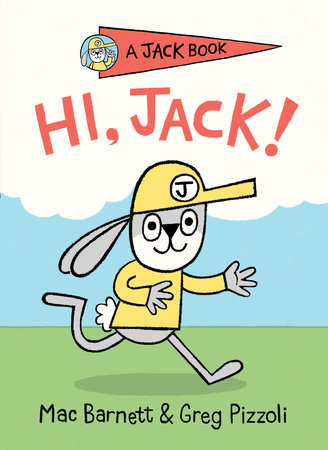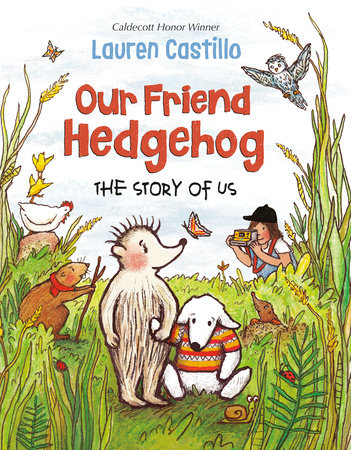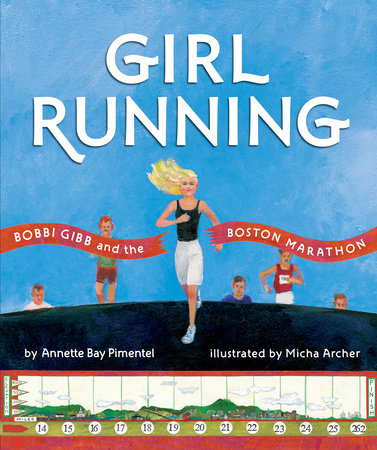Tips and Tricks for Building Kids’ Reading Stamina
by Lindsay Barrett
We talk a lot about teaching kids to read, but what about teaching them to keep reading? Reading, like any mentally or physically demanding activity, takes stamina. Acknowledging this to kids and purposefully helping them build their reading stamina empowers them to go the distance as readers.
In the classroom, helping kids’ increase their reading stamina can make a successful literacy block. No one wins when the teacher has to spend most of their Reading Workshop cajoling kids to read and squashing interruptions instead of teaching small groups and conferencing with kids about their books. Even more importantly, we want kids reading as much as possible both in and out of school. Research shows that the amount of reading time and reading volume significantly impacts kids’ reading success. Here are some tried-and-true teacher tricks for building kids’ reading stamina.
Give reading stamina a prominent place in your reading curriculum.
The beginning of the school year, when classrooms are putting school and homework routines into place, is a classic time to talk about reading stamina. (Though you can start anytime, and it’s not a one-and-done concept!) Set aside time for talking about what “stamina” means and why it’s essential for reading. Lay out your plans for helping kids strengthen their reading endurance. Feel free to get dramatic; for instance, act out the agony of hearing a friend gush over the ending of a book you didn’t finish because you were too tired to read more than a few pages at a time.
Share motivating anecdotes.
Offer diverse stamina role models. Talk about your fitness routine, research the endurance-building rituals of a famous pro athlete, or discuss how stamina is integral to kids’ particular interests. Ask a kid who struggles with reading but excels in something else, like karate or pottery, to share how they stick with their pursuits to reach success. It makes for a meaningful, relatable analogy and a confidence boost. Additionally, read aloud books in which characters persevere over time and connect it to kids’ reading stamina challenges and growth. (See some favorite picks below.)
Set goals and track them.
We all like to see ourselves making progress. Set incremental goals, such as gradually building up uninterrupted minutes of reading each day and chart progress individually or as a group. It’s best to start with small and achievable goals to experience immediate success and work up from there. (No kids are more proud—or more excited for the next challenge—than the kindergarten class getting praised because they achieved TWO WHOLE MINUTES of uninterrupted reading.)
Be ready for roadblocks.
Anticipate what will make sustained reading challenging, based on kids’ ages and personalities, and prepare a strategy. If a kid “needs” to get up for drinks or the bathroom every two minutes or can’t resist chatting, then set a time for these things in advance or after a set amount of reading time. For kids discouraged by longer books, help them plan breakpoints, such as the end of a chapter or at a specific page number. For kids who tire from difficult reading, give them resources and reading strategies they can call upon, such as a bookmark listing ways to solve hard words.
Bring out the cool tools.
Kids love gear, and the right tool can be golden. For kids who like gadgets, let them be in charge of setting a watch or a timer. In the classroom, project a fun countdown on your wall, so kids know how close they are to their reading time goal. Or, use fun bookmarks to mark an end goal page. Offer a cozy pillow or special seat to be used only during reading time. Just make sure you talk about using items as tools without letting them become distractions.
Always have the next book ready.
Building reading stamina isn’t just about learning to read more challenging material and for longer amounts of time; it’s about sticking with reading as a habit for the long haul. For this to happen, kids need continued access to books that feel satisfying to read. For new readers, this means having a supply of books that offer just the right amount of challenge. As kids progress, they are usually impressed by the length of books. Help them feel like they are reading lots and lots with a graphic novel that moves quickly. For older students, a compelling novel in verse often has less text per page, making it go at a gratifying pace. For all kids, finding a series they enjoy is a huge win. Have the next installment waiting for non-stop reading!
-
Books perfect for building kids’ reading stamina:
-
A Jack Book Series
Available from:Early readers find these stories about a mischievous rabbit hilarious. Plus, there are plenty of titles to keep kids reading, with lots of repeated vocabulary and sentence structures to support their growing skills.
Also available from: -
Our Friend Hedgehog
Available from:This adorable title has short chapters and lots of illustrations to help new chapter book readers keep going. It’s also perfect for a read-aloud and discussion about stamina and perseverance; the characters must keep at it to find a missing treasured stuffed animal.
Also available from: -
Girl Running
Available from:There’s no better context for learning about stamina than marathon training! Use this story to launch conversations about overcoming reading roadblocks, just like Bobbi Gibb didn’t let any obstacle stop her from crossing the finish line.
Also available from: -
How to Solve a Problem
Available from:This autobiography of one of the most successful climbers in the world is full of examples to relate to kids’ journeys towards better reading stamina. It’s an excellent book to share when kids feel discouraged; Ashima Shiraishi learned from every fall she’s taken, and kids can too.
Also available from: -
A Narwhal and Jelly Book Series
Available from:For early readers, these hilarious graphic novels about a pair of underwater pals ooze positivity (and, in the words of the main character, “awesomeness”). They feel as thick as a standard chapter book but read much more quickly, helping readers feel accomplished—and motivated to read the next one in the series.
Also available from: -
Bug Boys Series
Available from:Rhino-B and Stag-B are beetle buddies who have one adventure after another together. The fun, comic-book-style illustrations, and minimal text will keep kids turning pages as they rack up reading time.
Also available from: -
We Belong
Available from:It’s impossible to stop reading this mesmerizing novel in verse that combines Filipino mythology with an immigration story rooted in the author’s childhood experiences.
Also available from:







